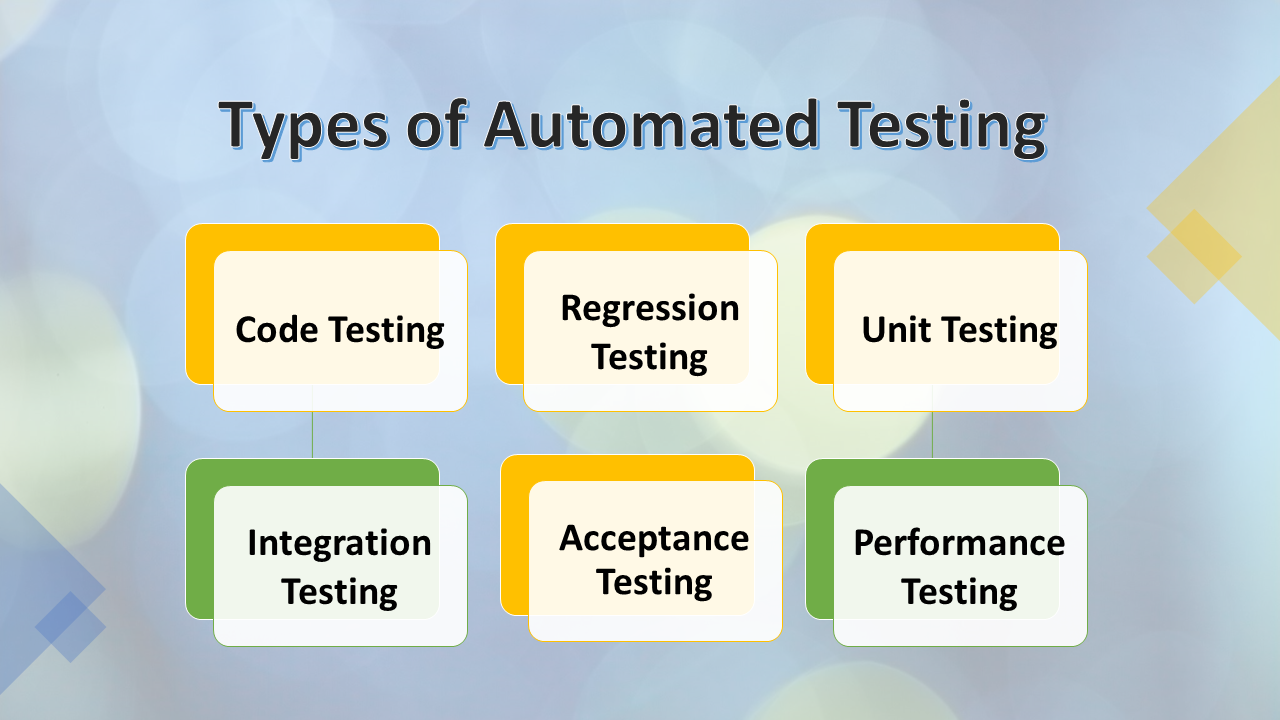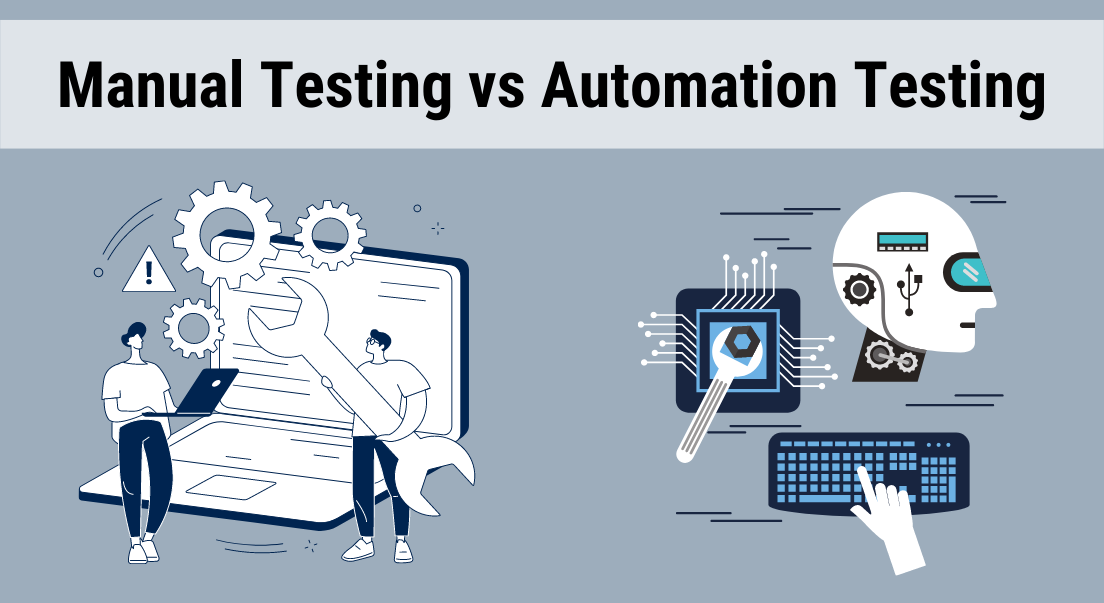Exploring the Future of Automation Testing in Software Application Development
Exploring the Future of Automation Testing in Software Application Development
Blog Article
From Manual to Automated Screening: A Comprehensive Overview to Transitioning Smoothly and Efficiently
In the world of software program screening, the change from guidebook to automated processes has actually become a progressively crucial shift for companies seeking to enhance effectiveness and precision in their testing practices. The journey from manual to automated screening is not without its challenges, however when approached tactically and with a clear plan in mind, the advantages can be considerable.
Advantages of Automated Testing
Automated testing offers various advantages, enhancing efficiency and precision in software application growth processes. One key advantage is the significant reduction in screening time. Automated tests can be run simultaneously on multiple gadgets and operating systems, drastically speeding up the screening stage compared to manual testing. This boosted efficiency enables faster feedback on the high quality of the software program, enabling programmers to recognize and attend to problems quickly.
Additionally, automated screening guarantees a higher degree of precision in finding issues. Uniformity in testing is likewise improved, as automated tests execute the same actions exactly each time they are run.
Choosing the Right Devices

To start with, examine your requirements and goals. Recognize the scope of your job, the innovations entailed, and the ability of your team. This evaluation will assist you identify the abilities and attributes you require in your testing devices.
Secondly, consider the compatibility of the tools with your existing procedures and systems. Seamless combination with your existing software application development lifecycle is necessary to make sure a smooth shift to automation.
Additionally, review the scalability and adaptability of the tools. As your screening needs advance, the devices ought to be able to adapt and accommodate changes efficiently.
Lastly, consider the support and neighborhood around the devices. Robust assistance and an active customer community can give beneficial sources and support when carrying out automated screening. By very carefully taking into consideration these aspects, you can choose the right tools that line up with your needs and established the stage for an effective transition to automated testing.
Creating Efficient Test Manuscripts

When crafting test manuscripts, it is vital to take into consideration the particular needs of the software application being tested and make sure that the scripts resolve all critical performances. Clear and descriptive naming conventions for examination manuscripts and test situations can enhance readability and maintainability. Additionally, integrating mistake handling systems within the test scripts can help in determining and dealing with problems promptly.
Furthermore, arranging test manuscripts right into modular components can enhance reusability and scalability, decreasing redundancy and boosting efficiency in examination manuscript upkeep. Regular testimonials and updates to check scripts are essential to equal progressing software needs and capabilities. By following these principles, testers can create reliable and robust examination manuscripts that contribute dramatically to the success of automated screening procedures.
Integrating Automation Into Workflows
By perfectly incorporating automated screening devices like Selenium or Appium into the software program development lifecycle, teams can attain faster feedback on code modifications, leading to quicker insect detection and resolution. This combination allows for constant screening throughout the advancement procedure, making certain that any type of issues are recognized early on, resulting in higher software quality. Proper assimilation of automation devices needs collaboration between advancement, testing, and operations teams to develop a unified process that optimizes efficiency and performance in supplying premium software application products.
Ensuring a Smooth Transition
Successfully transitioning to automated testing entails meticulous planning and mindful implementation to decrease interruptions and optimize efficiency in the software application development process - automation testing. To ensure a smooth change, it is important to start by conducting a complete assessment of the current testing procedures and determining locations where automation can bring one try these out of the most substantial advantages. Engaging with all stakeholders early in the procedure, including programmers, testers, and project managers, is critical for garnering support and buy-in for the automation initiative
Communication is key throughout this transition stage. Clear communication of the objectives, benefits, and assumptions of automated screening aids to manage any resistance or concerns that may arise. Additionally, providing adequate training and resources for group participants to upskill in automation tools and strategies is essential for making certain a successful change.

Conclusion
In verdict, look here transitioning from guidebook to automated screening uses countless benefits, consisting of enhanced efficiency and reliability. By selecting the proper tools, composing effective examination scripts, and incorporating automation seamlessly into process, organizations can make certain a effective and smooth shift. It is vital to accept automation as a valuable possession in software program testing processes to improve overall top quality and productivity.
In the realm of software program screening, the shift from handbook to automated procedures has actually become a progressively essential shift for companies looking for to boost performance and precision in their screening practices. Automated examinations can be run simultaneously on multiple gadgets and running systems, drastically speeding up the screening stage compared to hands-on testing. Consistency in testing is additionally enhanced, as automated tests execute the same steps exactly each time they are run.To ensure the effective execution of picked testing tools, the creation of effective examination manuscripts plays a vital function in confirming the functionality and performance of automated procedures - automation testing. By complying with these principles, testers can develop effective and robust examination manuscripts that add significantly to the success of automated screening procedures
Report this page